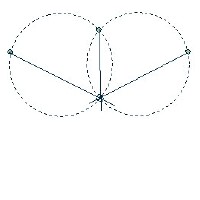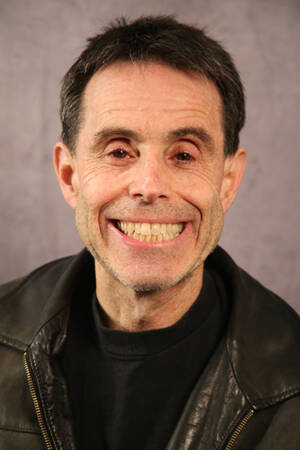The goal of this project is to develop an accurate and reliable visual-based localization system for an outdoor mobile robot. For the UXO / hunting / demining application, the robot must be able to localizing itself, i.e., know its position, within a 50 meter by 50 meter area. In our work, we are developing concise algorithms that very deliberately direct the robot to completely cover a target region. Without an accurate positioning system, the robot cannot reliably follow a path and therefore cannot cover completely the target region. GPS provides position information, but not at the necessary resolution that the coverage task requires. Differential GPS has better resolution, but comes at a significant financial cost. Linear encoders are inexpensive but only function over a llimited area. Lasers are another option but can sometimes be expensive and do not tolerate noise and other imperfections well. Our approach is to place a set of artificial landmarks on the ground and use a camera on-board the robot to look at them and recognize its own position.
The artificial landmarks that we designed are approximately one-foot high poles with different combination of color stripes. The CCD camera system attached on a top of a robot automatically follows the set of landmarks and captures the image. The individual landmark’s horizontal bearing is readily extracted from the captured image thanks to the color stripe identification algorithm that we developed. Using that information, the robot calculates its own position and heading. In order to obtain a full 360 degree field of view, we placed the camera on a custom built turntable. We selected this approach over an omnidirectional camera because the resolution of the omnidirectional camera was not enough to locate landmarks not in the immediate vicinity of the robot. In order to get the same resolution, a significanlty higher resolution camera (more expensive) would have to be used.
Furthermore, this approach can be extended to a more generalized version such as a 3D localization.

